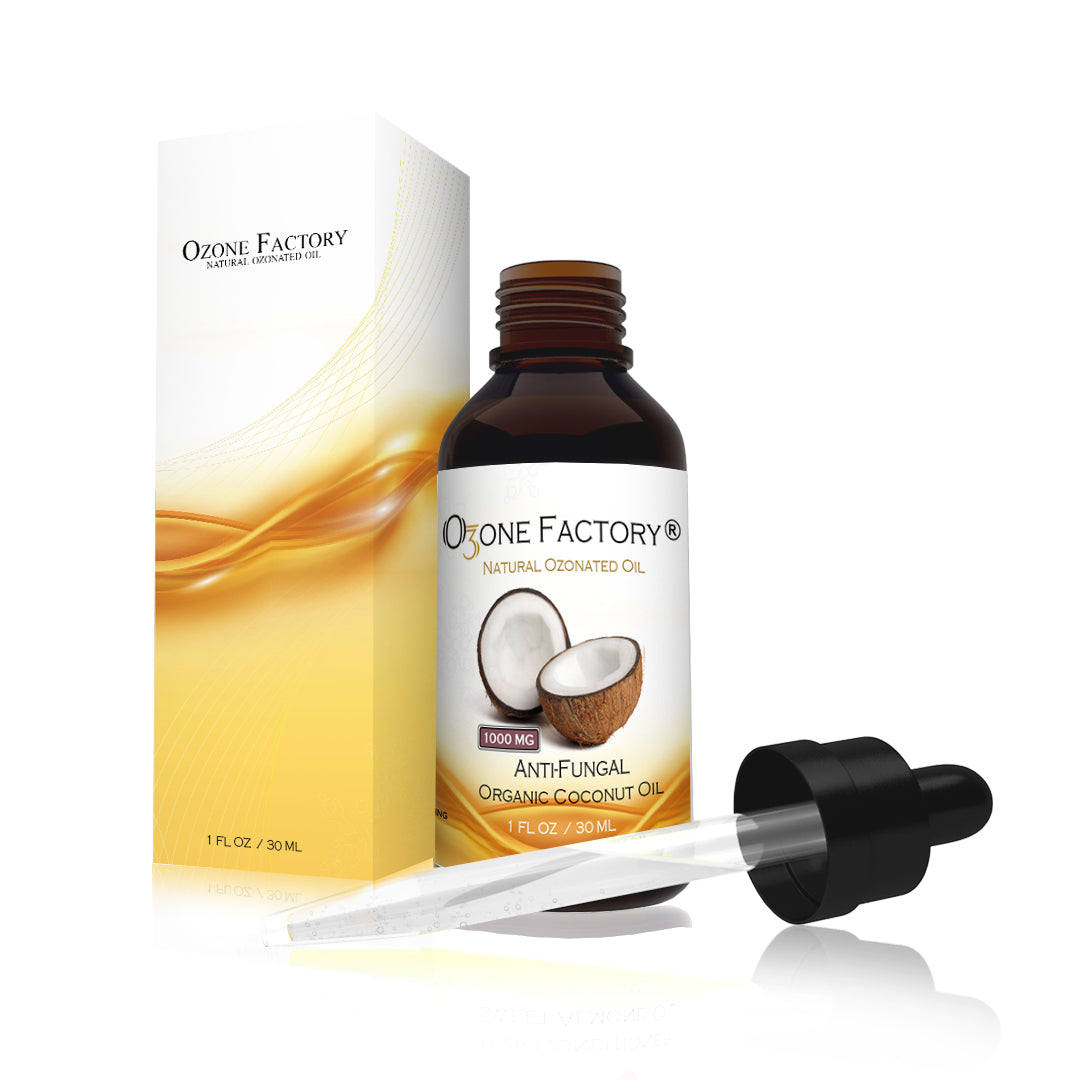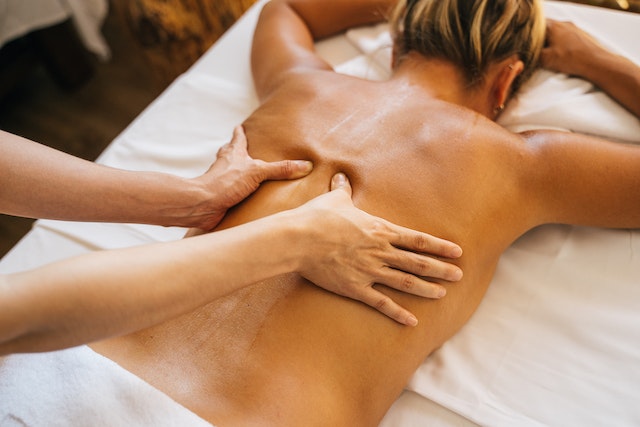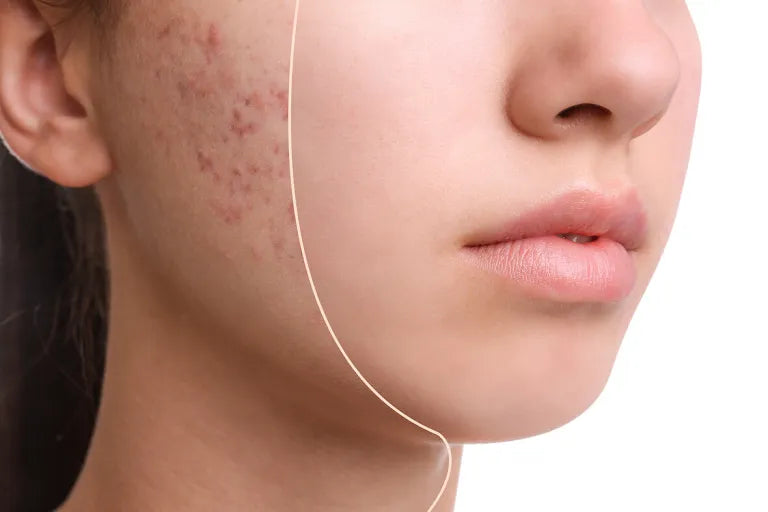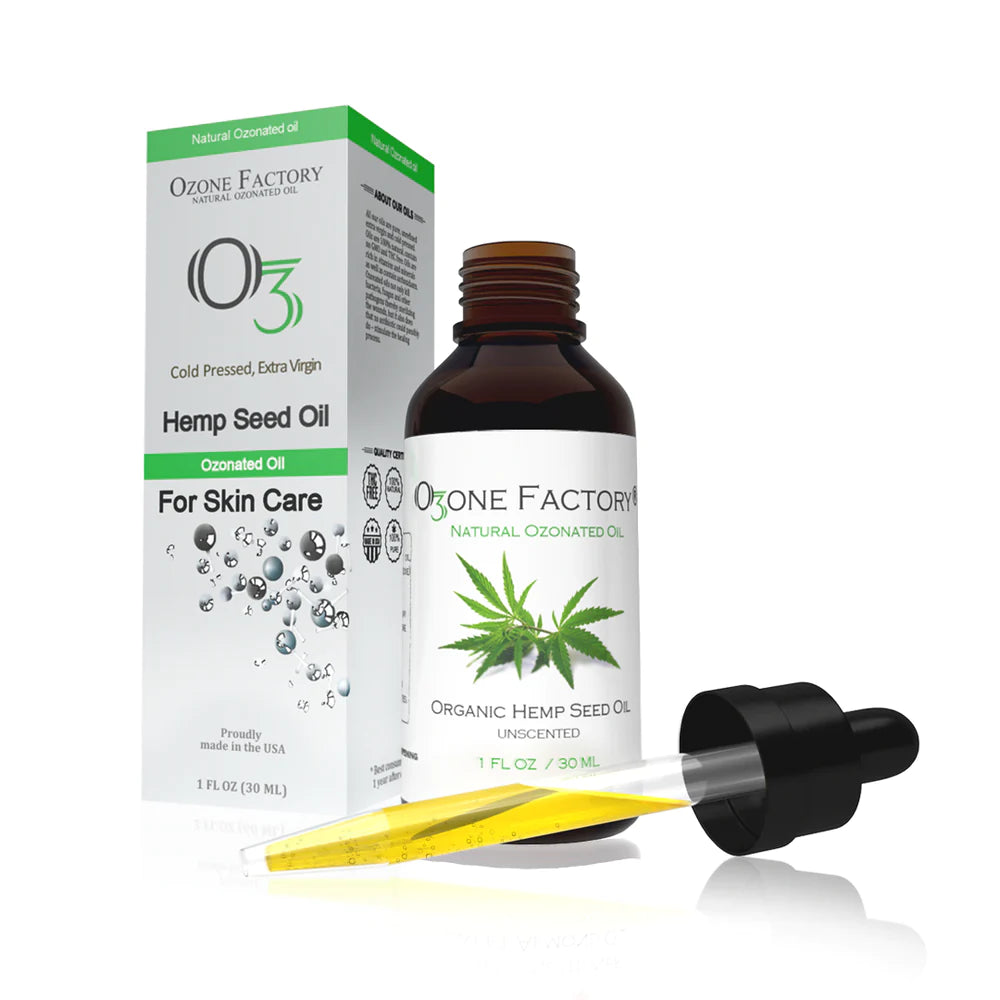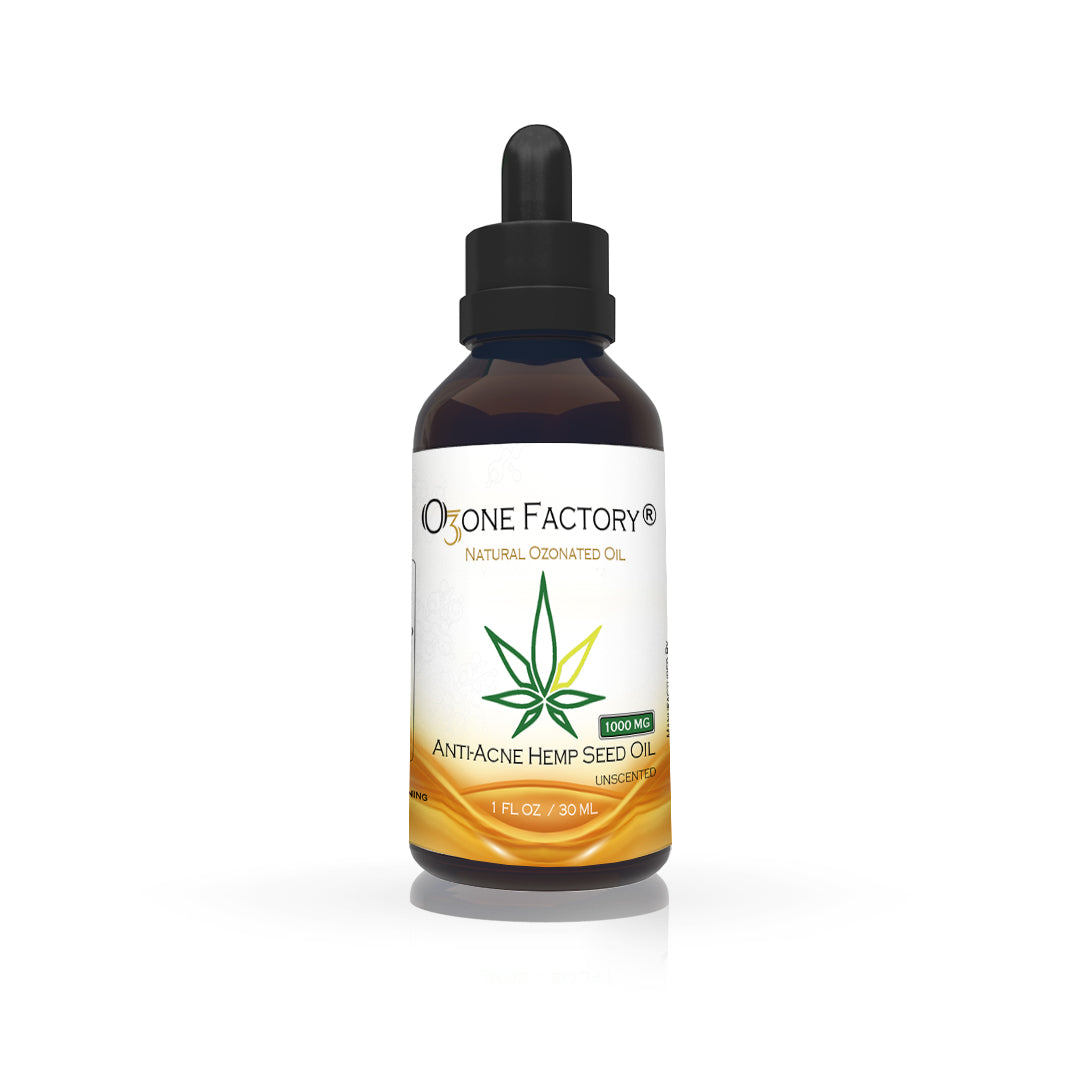
Perineal massage is a method of preparing the outlet of the birth passage for the stretching and pressure sensations during the birth of your baby.
BENEFITS OF PERINEAL MASSAGE
The benefits of this ancient practice have been studied by researchers, and there is now strong scientific evidence indicating that when done regularly in the last 3 to 4 weeks of pregnancy, perineal massage increases your chance of delivering a baby vaginally without damaging your perineum, which results in a decreased chance of tearing and episiotomy.
Perineal tears and surgical cuts (episiotomies) require stitching, which can lengthen recovery time after delivery and often cause scarring, pain and urinary or fecal incontinence that can negatively impact your life long after childbirth. The good news is that dedicating just 5 minutes each day during the last several weeks of pregnancy doing perineal massage can prevent trauma to your perineal tissues during childbirth.

WHEN AND HOW OFTEN SHOULD YOU DO PERINEAL MASSAGE?
It is recommended that antenatal perineal massage be commenced from 35 weeks of pregnancy. The benefit is seen when practiced once or twice per week. Performing perineal massage more frequently than this recommendation may decrease the protective effect.
You may experience a strong stretching, or burning sensation when you first start massaging, but this feeling should decrease over time
WHAT SHOULD YOU DO BEFORE YOU START PERINEAL MASSAGE?
- Empty your bladder.
- Wash your hands.
- Find a relaxing place to perform the massage e.g bathroom, bedroom, or anywhere else you are comfortable. Sit/position yourself comfortably.
- Use a mirror to become thoroughly familiar with the vaginal opening and the perineum.
- A warm bath or warm compresses on the perineum for 10 minutes prior to the massage may help with relaxation.
HOW TO DO IT?
- Put a water-soluble lubricant, or natural oil like olive or coconut oil, on your thumbs and the perineum.
- Place thumbs just inside the vagina to a depth of three to five centimetres. Gently press downward towards the rectum and to the sides of the vagina at the same time to stretch the opening, until a very slight burning, stinging, or tingling sensation is felt.
- Work the lubricant in slowly and gently, maintaining the pressure and pulling the perineum forward a little as you sweep your thumbs from side to side of the vagina in a ‘U’ shaped motion for approximately two to five minutes.
- The massage can be done in one direction at a time i.e. from side to side, or the thumbs can be swept in opposite directions.
- Try different ways until you find which is more comfortable for you.
- Focus on relaxed breathing while trying to consciously relax the pelvic floor muscles and allowing the tissues to stretch.
- Relax and repeat once.
If your partner is helping you or performing the massage for you, they need to use clean hands and one or two index fingers inside the lower part of the vagina. It is important to tell your partner how much pressure to apply without causing pain.

Caution: Avoid pressure at the top of the vaginal opening. Massage gently as forceful massage could cause bruising or swelling. Cease massage with any pain or discomfort.
WHICH OIL CAN BE USED FOR PERINEAL MASSAGE?
-
Sweet Almond Ozonated Oil
Sweet Almond Ozonated Oil is an oil that is superb for improving skin elasticity in preparation for the delivery of your baby. As a mild natural oil, it also boosts collagen production. What’s more, it is hypoallergenic, which means that even the most sensitive skin can tolerate it.
Sweet almond ozonated oil is great for promoting muscle relaxation and it also has some pain-relieving properties. Used in a massage, this oil can relieve muscular aches and pains and relax muscle tension.
-
Coconut Ozonated Oil
Coconut ozonated oil is a fat soluble nutrient that makes skin more elastic and less susceptible to tears. It has great anti-microbial properties, helping to get rid of harmful bacteria.
Coconut ozonated oil is often used in heavy massages, such as deep tissue and prenatal massages. Easily absorbed coconut oil also has vitamin E in it which makes skin softer.
-
Grape Seed Ozonated Oil
Coming from the pressed seeds of grapes, grape seed oil is actually the by-product of the wine-making process. There is so much goodness in the oil. It is antimicrobial and anti-inflammatory. Add to that the vitamin E and omega chain fatty acids it contains and it makes an excellent massage oil for the perineum. Massaging the perineum grape seed ozonated oil can improve the pliability of the skin and tissue.
-
Ozonated Olive Oil
Applying ozonated olive oil to the perineum will help protect the fragile skin of pregnant women from tearing. Ozonated olive oil massage provides relief from swelling, aches and muscle spasms. Most importantly perineal massage with ozonated olive oil decreases the incidence of vaginal tearing during delivery.
WHEN YOU SHOULD NOT DO IT?
You should not perform perineal massage in any of the following situations:
- prior to 34 weeks of pregnancy;
- if you have placenta praevia (a low–lying placenta) or any other condition where there is bleeding from the vagina during the second half of pregnancy;
- if you are suffering from vaginal herpes, thrush or any other vaginal infection, as massage could spread the infection and worsen the condition.

CONCLUSION
Natural childbirth has huge benefits for both mother and baby. You want to reduce the chance of perineal trauma and aid your baby’s smooth passage down the birth canal and out into the world.
If you plan on starting a perineal massage session in the last 5 to 6 weeks of pregnancy, the correct selection of a perineal massage oil that is right for you is crucial.
All the oils listed above have multifaceted benefits. You don’t have to settle on just one type. Experiment with them to see what works best for you in your attempts to improve your chances of having a birth with minimal perineal tears.


